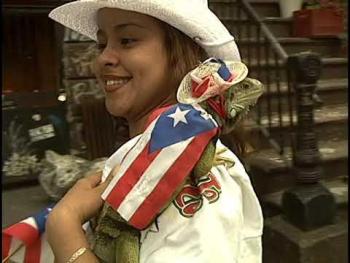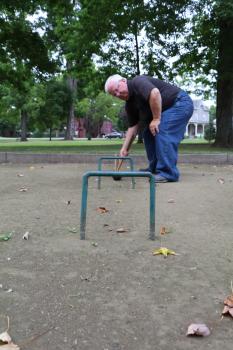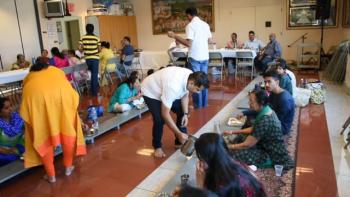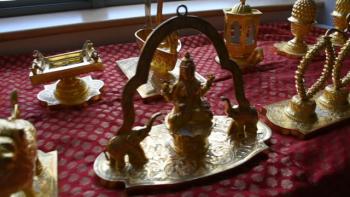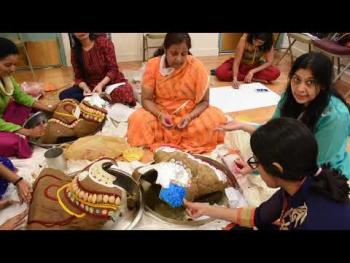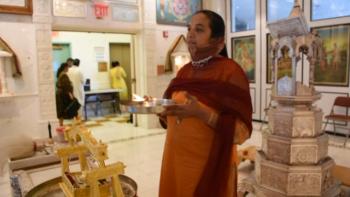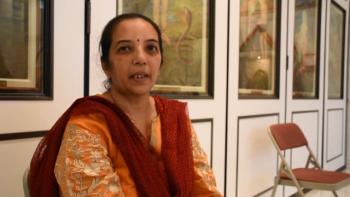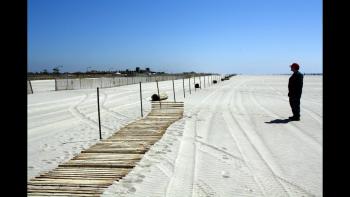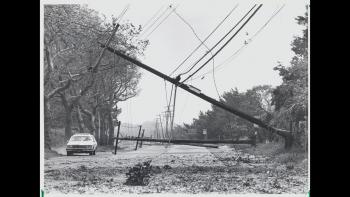Place
The display of la bandera puertorriqueña was pretty common all year long throughout the five boroughs of New York City, waving from car antennas, painted on wall murals, or draped from windows, fire escapes and card hoods; but from the end of May until the middle of June,prior to and during the National Puerto Rican Day Parade in Manhattan (always the second Sunday in June), it reaches its peak. It is hard to walk anywhere in the City without seeing the image proudly displayed or worn. Any item or apparel imaginable is adorned or decorated with the image: umbrellas, shorts, ties, fingernails, hats, jewelry, sunglasses. This was especially true from the late 1990s through the early 2000s. It appears as if this custom may have peaked a few years ago, and during the last few years the flag seems to be less visible in the time period leading up to the parade. This latest trend may have arisen due to do with grassroots and official campaigns intended to make sure the flag is used only in a respectful manner, a decline in the flag fever pitch of those years and recent economic and environmental crises on the island leading many to use a black and white monoestrellada to represent the dual ideas of mourning and resistance.
Place
Material Culture
Photo of Jim Gallman, Angelica’s (self-proclaimed) winningest player at Roque, an American derivative of croquet.
Games
Ritual
Place
This notion that “all Jains are Gujaratis” is overshadowing the true representation of who Jains are and the religion Jainism. As part of Brooklyn Arts Council's Citizen Folklife initiative, Smrita Jain does fieldwork in order clear up this misconception.
Ritual
Place
Material Culture
Migration
Belief
This notion that “all Jains are Gujaratis” is overshadowing the true representation of who Jains are and the religion Jainism. As part of Brooklyn Arts Council's Citizen Folklife initiative, Smrita Jain does fieldwork in order clear up this misconception.
Ritual
Place
Health
Material Culture
Migration
Music
Belief
The Non-Gujarati Jains is fieldwork project by videographer and Conceptual artist, Smrita Jain. Project for Citizen Folklife Program, Brooklyn Arts Council.
Ritual
Place
Health
Material Culture
Migration
Music
Belief
Aarti also spelled arti, arati, arathi, aarthi (In Devanagari: आरती ārtī) is a Hindu religious ritual of worship, a part of puja, in which light from wicks soaked in ghee (purified butter) or camphor is offered to one or more deities. Aartis also refer to the songs sung in praise of the deity, when lamps are being offered.
Ritual
Place
Health
Material Culture
Migration
Music
Belief
Ritual
Place
Health
Material Culture
Migration
Belief
In this video architects and planners examine how our landscape may change as storms and hurricanes become more common.
Place
This video explores the experiences of those affected by Superstorm Sandy on the south shore of Long Island. It includes those who experienced the storm, those who responded and those who assisted in its aftermath.
Place
This video shows how generations past have experienced storms and hurricanes on Long Island.

